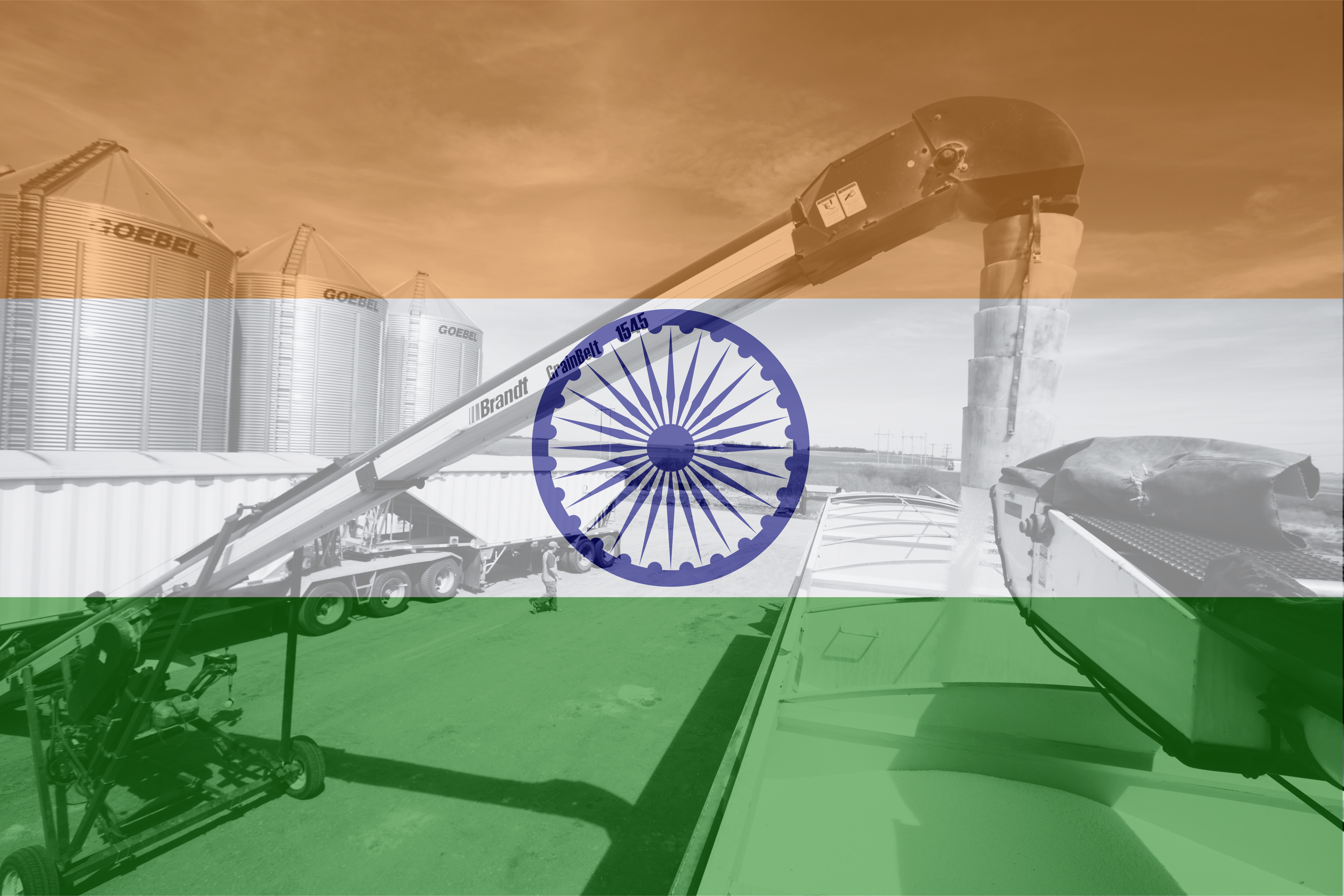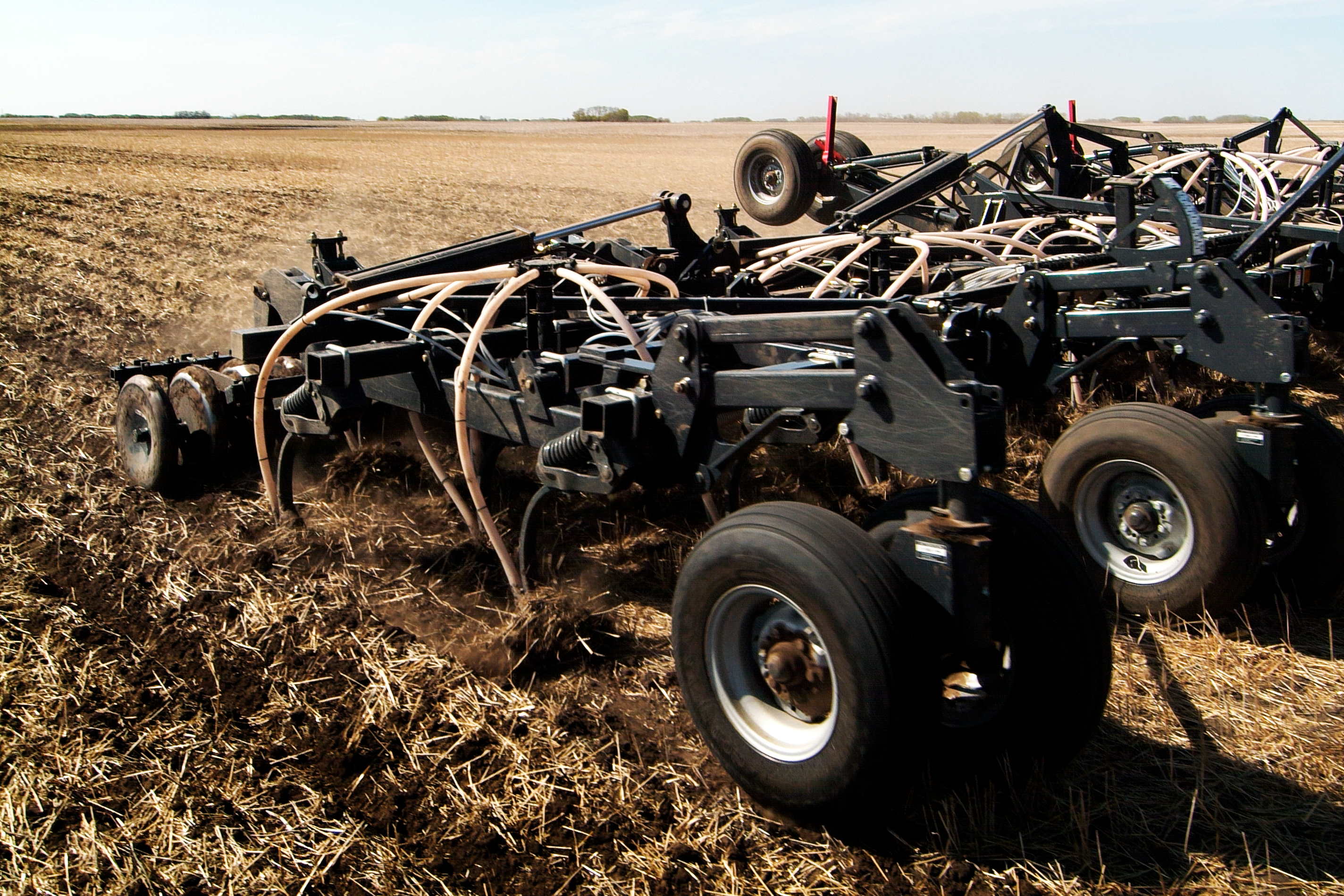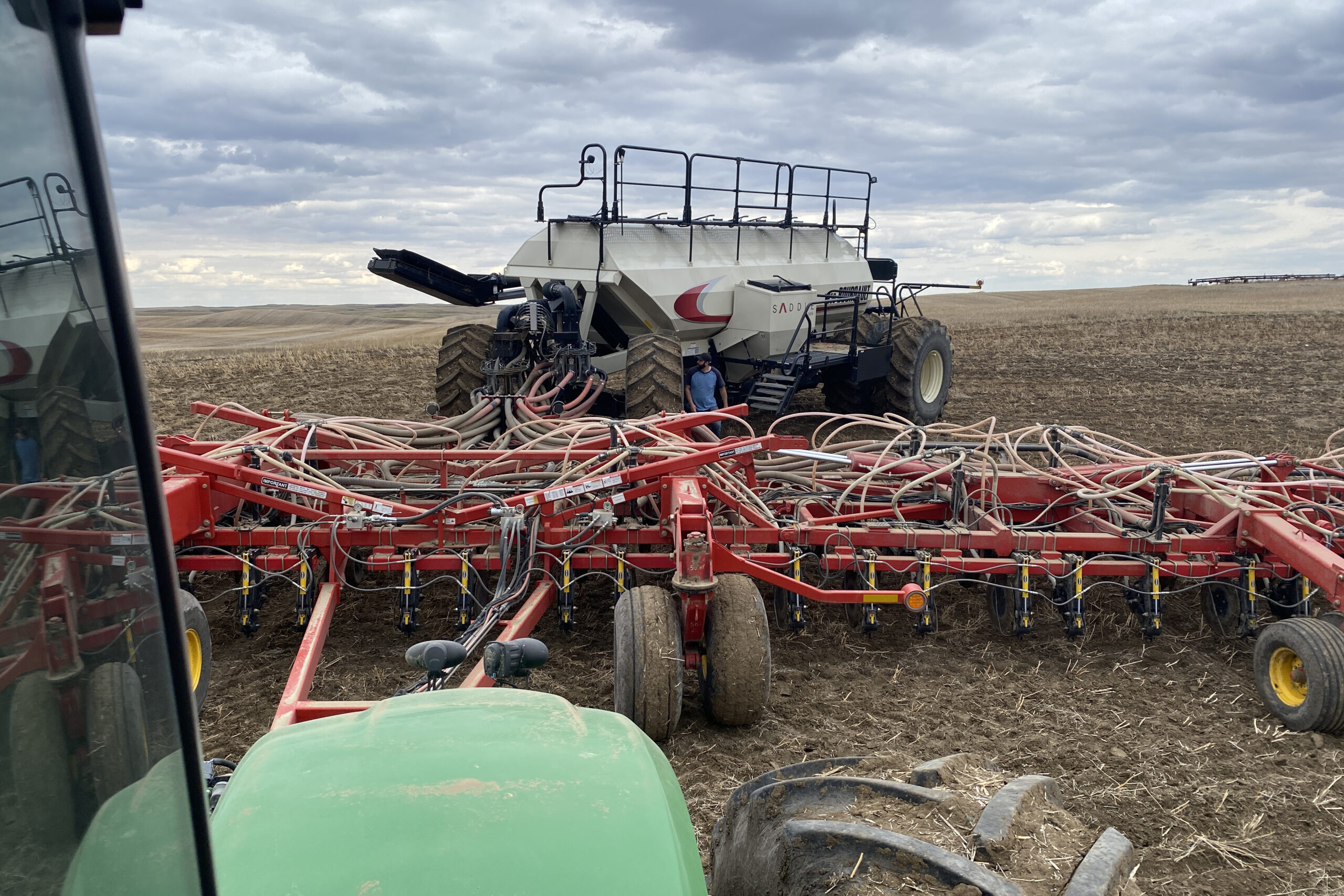By G. Chandrashekhar
April 2022
Overstated production estimates, sluggish consumption demand, and policy uncertainties continue to haunt the Indian pulses sector. Elevated crude oil prices, chronic shortage in some essential food commodities such as edible oil, and depreciating currency (Indian Rupee) all combine to fuel inflation which adds to consumer woes and creates concern for policymakers.
Crop Size
Harvest of rabi crop (winter planted, spring harvested) is currently on. The Indian government has estimated the 2021/22 rabi crop production at 18.3 million (M) tonnes. This number is believed to be overstated.
Specifically, chickpea crop is estimated by the government at 13.1 M tonnes. Based on planted area of 28.8 M acres (11.5 M hectares), rainfall pattern, and agronomic practices, the harvest size could at best be 10.0 M tonnes. Lentil (masur) crop is estimated at 1.6 M tonnes, higher by a mere 0.1 M tonnes from last year. Some quantities of black matpe (urad), moong, and field pea are also harvested.
While the government has estimated the total rabi pulses production at 18.1 M tonnes, realistically speaking it is closer to 15.0 M tonnes. It is important to note, the production data are likely to be revised down in the subsequent estimate to be released in May.
In fact, the kharif 2021/22 pulse harvest size has been revised down. Pigeon pea (tur/arhar), urad, and moong are major kharif season crops (planted in June/July and harvested in September/October). At the end of September 2021, the government estimated the total kharif pulse crop size at 9.5 M tonnes. At that time, this author had asserted that the crop size would be around 8.5 M tonnes. Now, the government has revised the kharif crop size down to 8.6 M tonnes, in line with the author’s estimate.
I am convinced the aggregate pulse crop for 2021/22 is realistically at 23.5 M tonnes (and not 26.9 M tonnes estimated by the government). The trade too is far from convinced about official crop data.
Demand
Slow demand growth is a matter concern. Certainly, life is rapidly normalizing in big cities and elsewhere. Catering establishments are open. Travel is picking up. Business is improving, but not booming. Yet, there is concern or unstated fear among people. They want to be cautious.
High food inflation is worrisome. It is forcing people to cut back on consumption, even of essentials, and is seen hurting the food consumption of poor people in particular. Importantly, the government has stopped free ration supplies of pulses of which 800 M vulnerable people were beneficiaries in 2020/21. I predict growth in demand will be a slow process. Growers and traders complain about weak demand conditions. There is limited inventory building by mills and traders due to storage restrictions.
In India, the disconnect between wholesale and retail prices is palpable. Retail rates are twice the wholesale rate. Retailers are seen milking the market with high premiums whole growers continue to face price challenges.
Import
Pulses import during financial year 2020/21 (April to March) aggregated 2.46 M tonnes. Lentil comprised the main item of import with 1.1 M tonnes followed by pigeon pea at 0.4 M tonnes and black matpe at 0.34 M tonnes.
For 2021/22, a similar level of import of all pulses together is projected; but the volumes of individual pulse would vary. Pigeon pea tops the list with over 0.7 M tonnes followed by lentil 0.6 M tonnes and then by black matpe 0.5 M tonnes.
Lentil import continues to enjoy duty-free status, except for United States origin, until September 30, 2022.
Some conclusions are inevitable:
- Area available for pulses in kharif and rabi season is nearing a saturation point. Currently, it stands at 72 M acres (28.8 M hectares). It would be unrealistic to expect any notable area expansion for pulses in the years ahead if “business-as-usual” continues.
- So, future growth in production must come from higher yields. But there is no significant breakthrough in seed technology so far.
- Land constraints and low yields will combine to limit future production growth.
- Government’s overstated production numbers will come to haunt it at some stage as the market is the final arbiter. The market will respond appropriately to the real supply-demand fundamentals.
- Stocks with the government procurement agency National Agricultural Cooperative Marketing Federation of India Ltd. (NAFED) are limited, unlike in previous years.
- It is most likely that supply tightness will become visibleover the course of time.
- The onset and progress of southwest monsoon (breaks early June over southern coast) in 2022 will be a crucial determinant of market direction.
- Any aberration in rainfall can lead to price spikes and force a policy review.
- August to October will be months of higher demand due to festival season.
The Indian market has specific demand for yellow peas, but imports are highly restricted and, in effect, shut. There is need for independent policy advocacy to at least partially open up yellow pea import. Such a policy push needs an independent and credible voice that carries conviction with policymakers. There is potential for 1.0–1.5 M tonnes import annually, if not more.
G. Chandrashekhar is a Mumbai-based policy commentator and global agribusiness specialist. He can be reached at gchandrashekhar@gmail.com.



